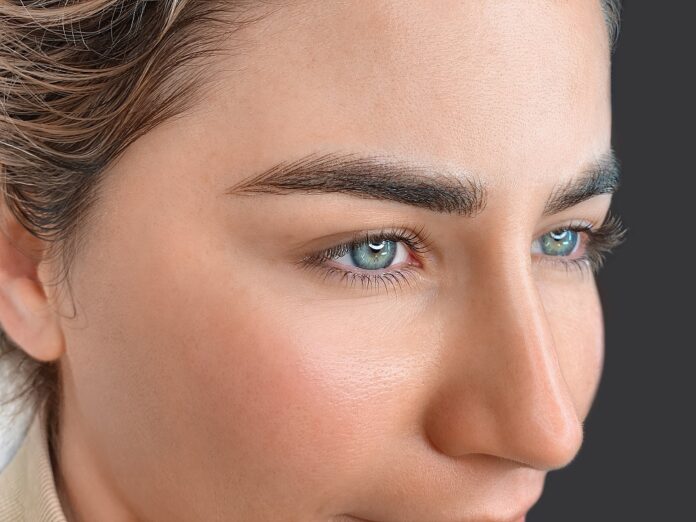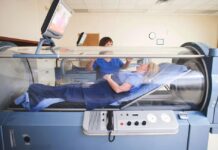Getting a permanent eyebrow tattoo is a popular cosmetic procedure that can save you time and hassle in your daily makeup routine. However, like any tattoo, it requires proper healing and aftercare to ensure the best results.
Here’s what to expect during the eyebrow tattoo healing process and how to take care of your new brows. Don’t worry, though, the healing process is not as scary as it may seem, and with proper aftercare, you can have beautiful, long-lasting results.
Eyebrow Tattoo Healing is Not Bad, Promise
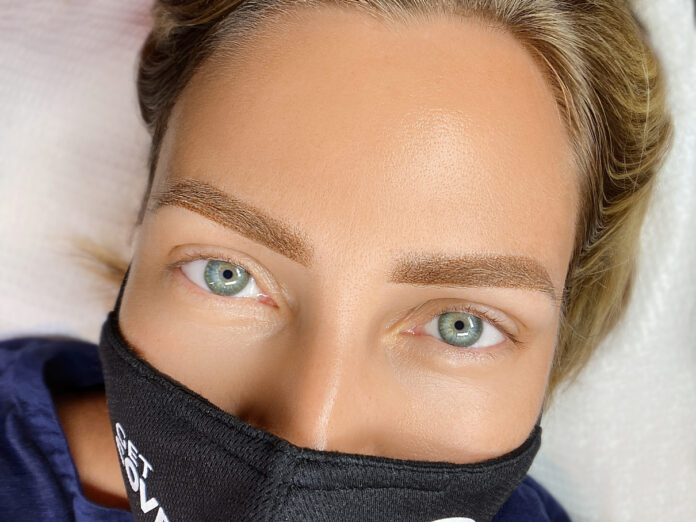
First, it’s important to know that the eyebrow tattoo healing process is completely normal and not as scary as it may seem. Your eyebrow tinting San Diego PMUAnnakara will go through several stages of healing before they fully set, and it’s essential to follow the aftercare instructions given by your technician to ensure the best outcome.
How Your Eyebrow Tattoo Healing Will Look Day By Day
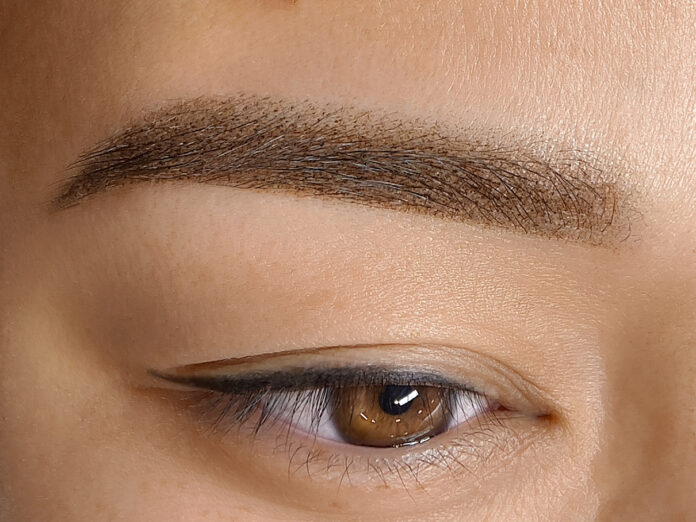
Here’s what you can expect during the eyebrow tattoo healing process:
Day 1: Your new eyebrows are gorgeous, and you couldn’t be happier!
It’s important to avoid getting them wet, sweating, or applying any makeup to them for the first 24 hours. Your eyebrows will look perfect and full on the first day of your eyebrow tattoo. However, you may experience some redness and mild swelling around the area, which is normal and will subside within a few hours.
Days 2-4: You’ll notice that your color has darkened slightly: no worries, this is temporary.
You’ll also start to feel a little bit itchy, but don’t scratch! During the second to fourth day, your eyebrows will start to scab and flake. Don’t worry, this is a normal part of the healing process, and you should avoid picking or scratching your eyebrows to prevent any complications.
Days 5-7: Your microblade eyebrows will begin to flake.
By the fifth to seventh day, your eyebrows will start to flake off as part of the healing process. It’s essential to keep the area clean and dry and avoid any water contact until your eyebrows fully heal, but don’t worry, this is a normal part of the healing process. Just let the flakes fall off naturally and avoid picking or pulling on them.
Days 8-10: Your flaking has finished and you feel fully healed.
By the eighth to tenth day, your eyebrows will stop flaking, and the color will settle into its final shade. You can now resume your regular activities, but avoid applying any makeup or lotions to the area.
However, keep in mind that even though your eyebrows feel normal, your skin is technically still in the healing process. Your eyebrows will temporarily look lighter than they will when fully healed at 6 weeks. This is because you have new, baby skin.
Days 14-28: Finally, your eyebrow tattoo fully healed.
By the two-week mark, your eyebrows should be fully healed, and the pigment will have settled into its final shade. Your technician may recommend a touch-up session at this point to ensure your eyebrows look their best. You can start wearing makeup again, but be gentle when applying it to your eyebrows. Avoid using any products that contain alcohol or harsh chemicals.
Day 42: You can return for your touch-up.
After six weeks, you can return to your technician for a touch-up session to make any necessary adjustments to the color or shape of your eyebrows. If you want your eyebrow tattoo to last as long as possible, it’s essential to get touch-ups every year or two.
Permanent Eyebrow Tattoo Aftercare: Dry Heal vs Wet Heal
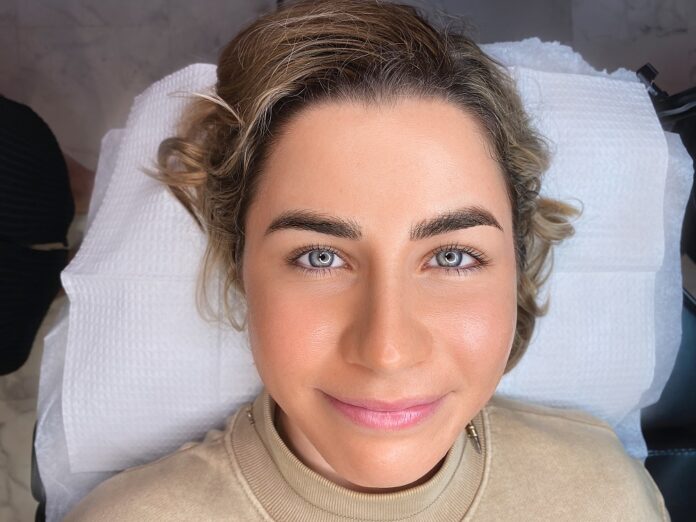
After getting your eyebrow tattoo, your artist will give you specific aftercare instructions to follow. One of the most significant decisions you’ll make is whether to dry heal or wet heal. Here’s what you need to know:
Dry Heal
Dry healing involves keeping the area clean and dry and avoiding any water contact until your eyebrows fully heal. This method is recommended for those with oily skin, as it can prevent excessive oil production around the eyebrows.
You’ll avoid getting them wet, and you won’t use any creams or ointments on them. This method is less common and not recommended for most people.
Wet Heal
Wet healing involves applying a thin layer of ointment to the eyebrows and keeping the area moist with a damp cloth. Your artist will have you clean your eyebrows every 15 minutes to 1 hour after your appointment.
Depending on your artist’s preference and your skin type, you’ll do this for 1 to 3 days. You’ll also use a healing gel to keep your skin hydrated, which will help your eyebrows heal faster and reduce scabbing. We recommend wet healing if you want to achieve your best eyebrow tattoo results.
Common Mistakes to Avoid

When it comes to the healing process and aftercare of eyebrow tattoos, there are several common mistakes that individuals should be aware of and avoid. By avoiding these mistakes, you can ensure a successful healing process and achieve long-lasting results. Here are some key mistakes to steer clear of:
- Picking or scratching the treated area: It’s crucial to resist the temptation to pick at scabs or flakes that form during the healing process. Picking can disrupt the healing skin and lead to scarring or uneven pigment retention. Instead, allow the scabs to naturally slough off on their own.
- Exposing the eyebrows to excessive moisture: Moisture can interfere with the healing process of your eyebrow tattoos. Avoid activities like swimming, saunas, or excessive sweating that can introduce excess moisture to the treated area. Additionally, refrain from direct contact with water during the initial healing stage and follow the aftercare instructions provided by your tattoo artist.
- Applying improper aftercare products: It’s important to use the right products for aftercare. Avoid applying random creams, lotions, or ointments not specifically recommended by your tattoo artist. These products may contain ingredients that can cause adverse reactions or hinder the healing process. Stick to the recommended aftercare products and apply them as directed.
- Failure to follow the aftercare instructions: Following the aftercare instructions provided by your tattoo artist is crucial for proper healing. Neglecting or deviating from these instructions can lead to complications and suboptimal results. Make sure to understand and follow the guidelines carefully to ensure the best outcome.

